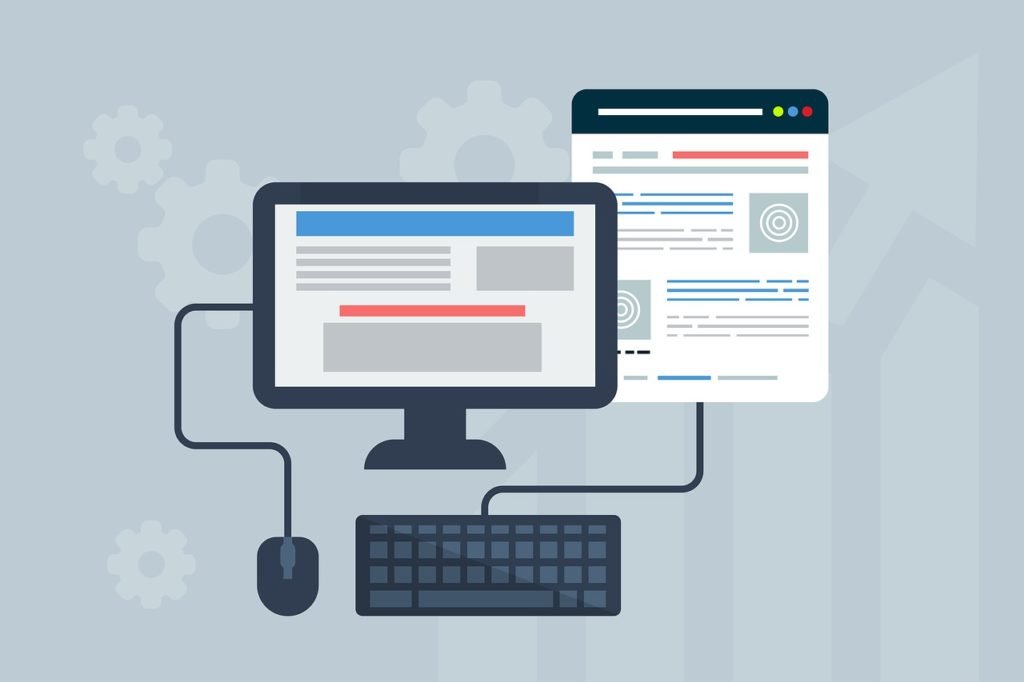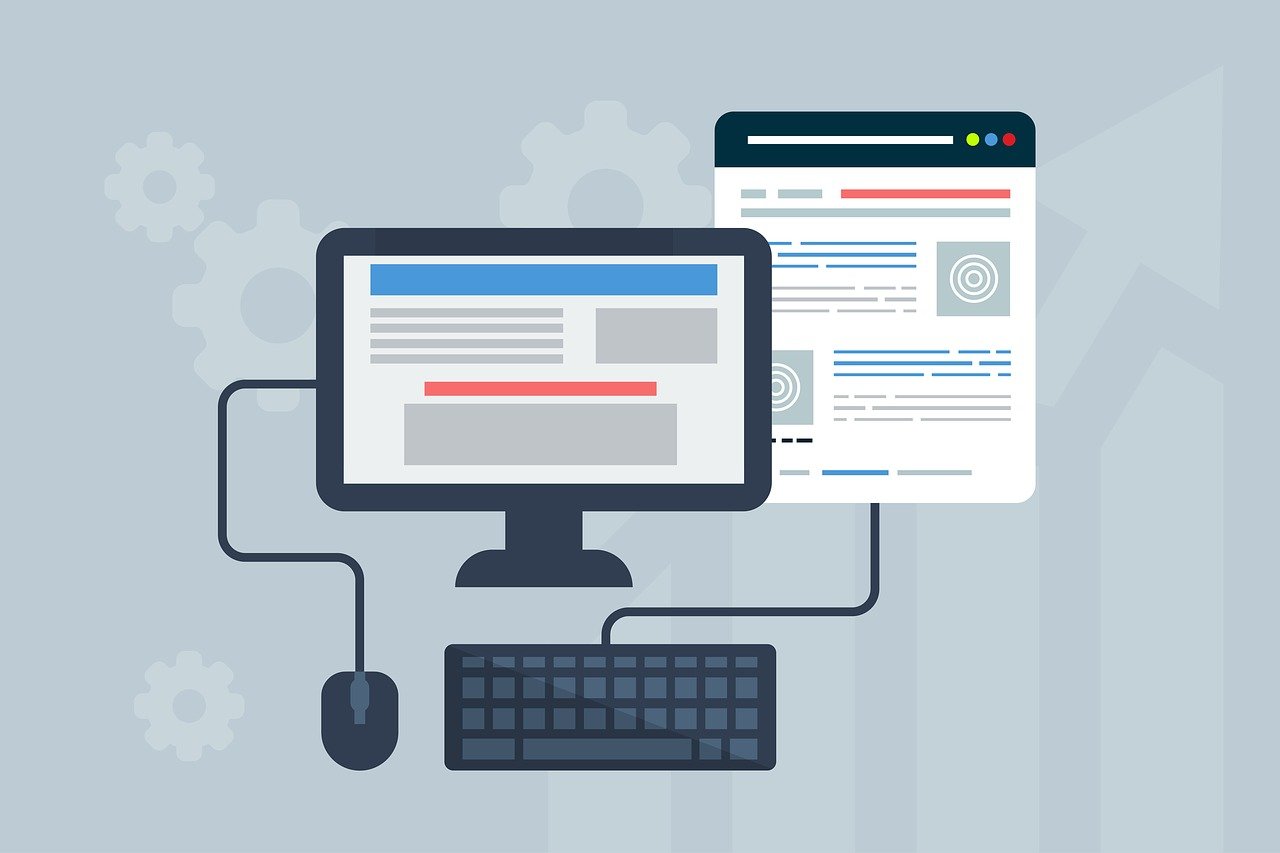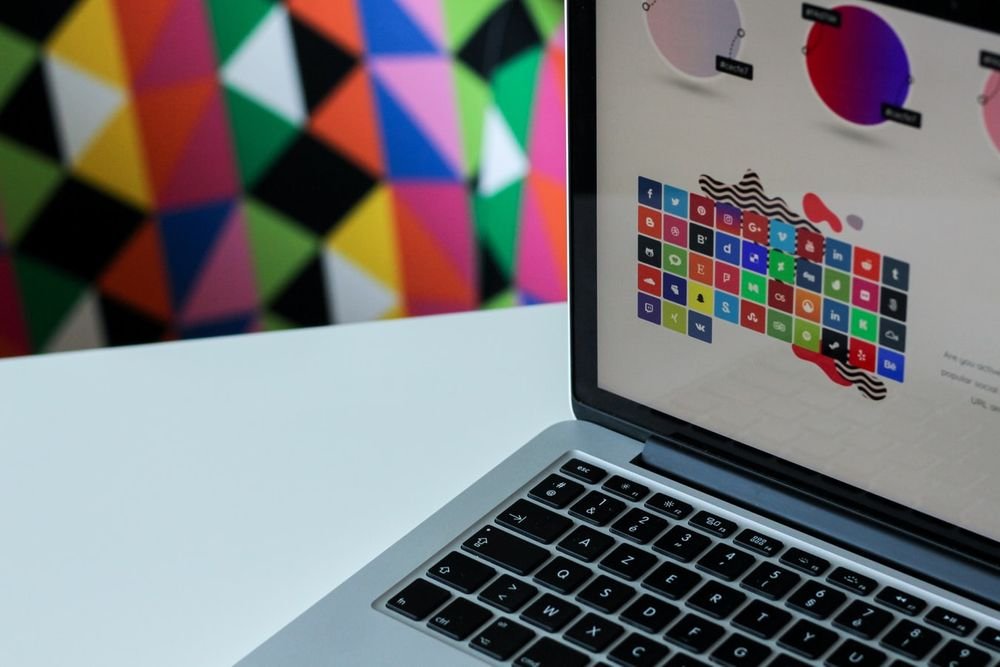Designing a website can be a tricky thing to do, not just because it involves plotting out the way people should browse your website, but also because you should think about how it can best represent your brand. Trial and error and making one prototype after another can waste valuable time and effort. If you’re looking into faster, more efficient ways of designing your website, you ought to try template ideas. How does this work?
 It helps to understand that having good website design isn’t just about aesthetics, it’s about user interaction as well. In fact, 94% of first impressions users have in a brand are actually design related. A total of 95% of viewers actually consider their user experience as the top priority of a website, and well-designed interfaces can actually get 200% to 400% more conversions. Even loading times matter, as more than 2 seconds of loading time can turn off a lot of users.
It helps to understand that having good website design isn’t just about aesthetics, it’s about user interaction as well. In fact, 94% of first impressions users have in a brand are actually design related. A total of 95% of viewers actually consider their user experience as the top priority of a website, and well-designed interfaces can actually get 200% to 400% more conversions. Even loading times matter, as more than 2 seconds of loading time can turn off a lot of users.
Making Designing Easier: Use Templates
A lot of things go into website design, such as aesthetics and search engine optimization. These considerations aren’t easy to fulfill, and prototypes can be wasted when you don’t think of these plans through. A template can make things much easier for all the right reasons.
Here’s what you need to know:
1. Templates can make it easier for you to incorporate special considerations
When your website needs to take into account special features such as call-to-action buttons or if you need to include considerations such as incorporating SEO into a design, a template can make it easy for you to mix and match concepts. Instead of using your primary design to experiment with placements, a template can help you try things out without wasting your primary resources.
2. Templates are cheap and easy to set up
Regardless if you’re using a developer’s templates or your own, templates are designed to be resource friendly and easy to set up. This is because templates will more or less be designed to make sure they’re capable of a variety of functions specifically geared towards a particular purpose. This means there are options, widgets, and functionalities built into the template that will allow a fast and easy setup of own website.
3. Templates offer an abundance of built-in functionalities and choices
The templates that you can use aren’t just limited to the ones you make. Website developers release various types of both free and premium templates online, all with their own sets of built-in functionalities and an abundance of choices. The hardest part of this process, really, is choosing what template best fits your style and preference.
4. Templates may be limited in terms of customizability
Templates are built to make sure your specific design needs are met, but they’re not always customizable to your needs. If you want a website design that has specific template qualities, you’ll most likely need a developer to manipulate the code of the template itself. A drawback of using templates is the limitation in customizing them to your exact preference.
5. Templates may suffer from various updates and compatibility issues
Another thing that might hinder your capability of enjoying the experience of templates are potential issues in terms of compatibility and updates. While you may have discovered a template that you love and suits your needs, it may not be compatible with the content you have. Its updates may also turn out to be unsupported by your current platforms. This is an important consideration when it comes to choosing a template for your particular design needs.
It’s easy to say you need a “good website design,” but a lot of thought comes into this process. Apply the above tips to be able to create templates to help you achieve your vision for your website. After all, it’s so much better to use templates to help you easily visualize your designs instead of consuming time in making prototypes from scratch.






Leave a Reply